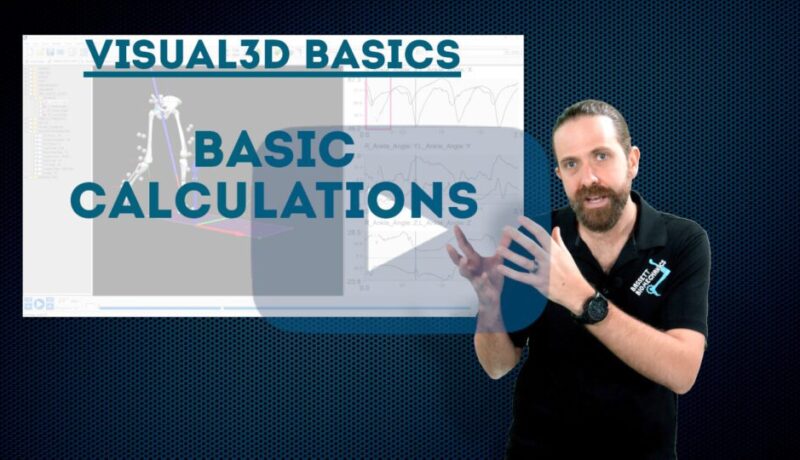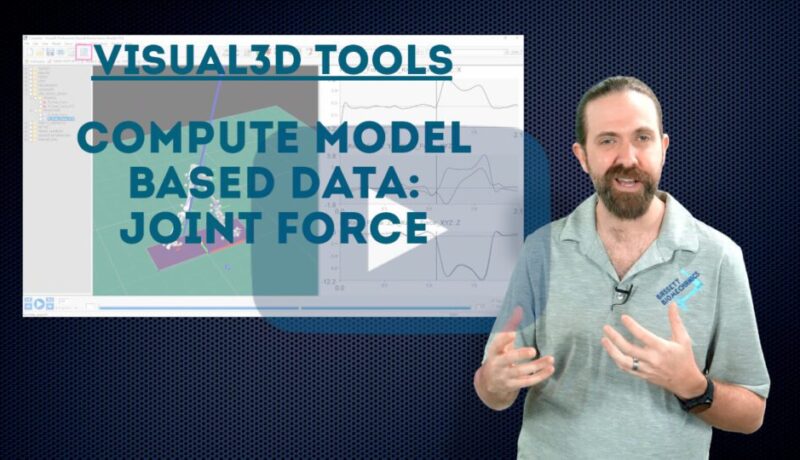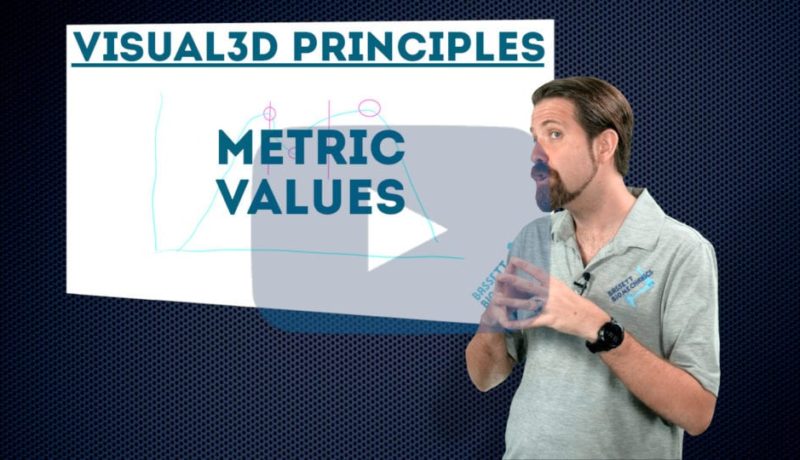Part III – Processing data in Visual3D
Part III: Processing data in Visual3DAs a final part to this introductory workshop, we focus on using Visual3D to process […]
Part III: Processing data in Visual3DAs a final part to this introductory workshop, we focus on using Visual3D to process […]
Part II: Collecting and processing dataHaving covered the basics of what a Qualisys system is, in this video we discuss […]
Visual3D BasicsUnit 2:Performing biomechanical calculations Chapter 4: Inverse Kinematics Motion capture technology is amazing, and cutting edge, however, we do […]

After a thorough review of your data, we can now start performing biomechanical calculations. From kinematic to kinetic operations, in this video we introduce the use of the Compute Model Based Data interface. This powerful tool within Visual3D allow you to calculate parameters that have been scientifically validated by the biomechanics community.
Visual3D BasicsUnit 2:Performing biomechanical calculations Chapter 3: Basic calculations After a thorough review of your data, we can now start […]

If you have already built a biomechanical model in Visual3D, you can use it to perform biomechanical calculations through Compute Model Based Data. In this tutorial, we show you how to calculate the joint forces, and highlight the difference between using a segment coordinate system or a Cardan sequence.

Joint force data is a key biomechanical calculation that is easily facilitated in Visual3D. In this tutorial, we explore the meaning of the joint force data in terms of the reference coordinate system. There are many options available, and understanding how these may impact the data you are looking at could help you decide which to choose.

This video discusses what metric values are and how you can use them in Visual3D. Metric calculations give you a single numerical value that can be analyzed on its own or compared with other metric values.

In this video, we explain the Compute Model Based Data feature in Visual3D and show an example of how to use it. This feature allows you to calculate your data using biomechanical models that have been scientifically validated.

Once you’ve established the steps in your Visual3D workflow, you can automate the entire process through a pipeline. This not only saves time compared to manually completing the steps but it also reduces the potential for user error.